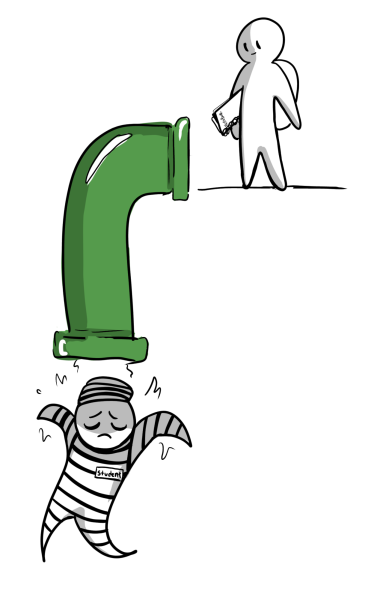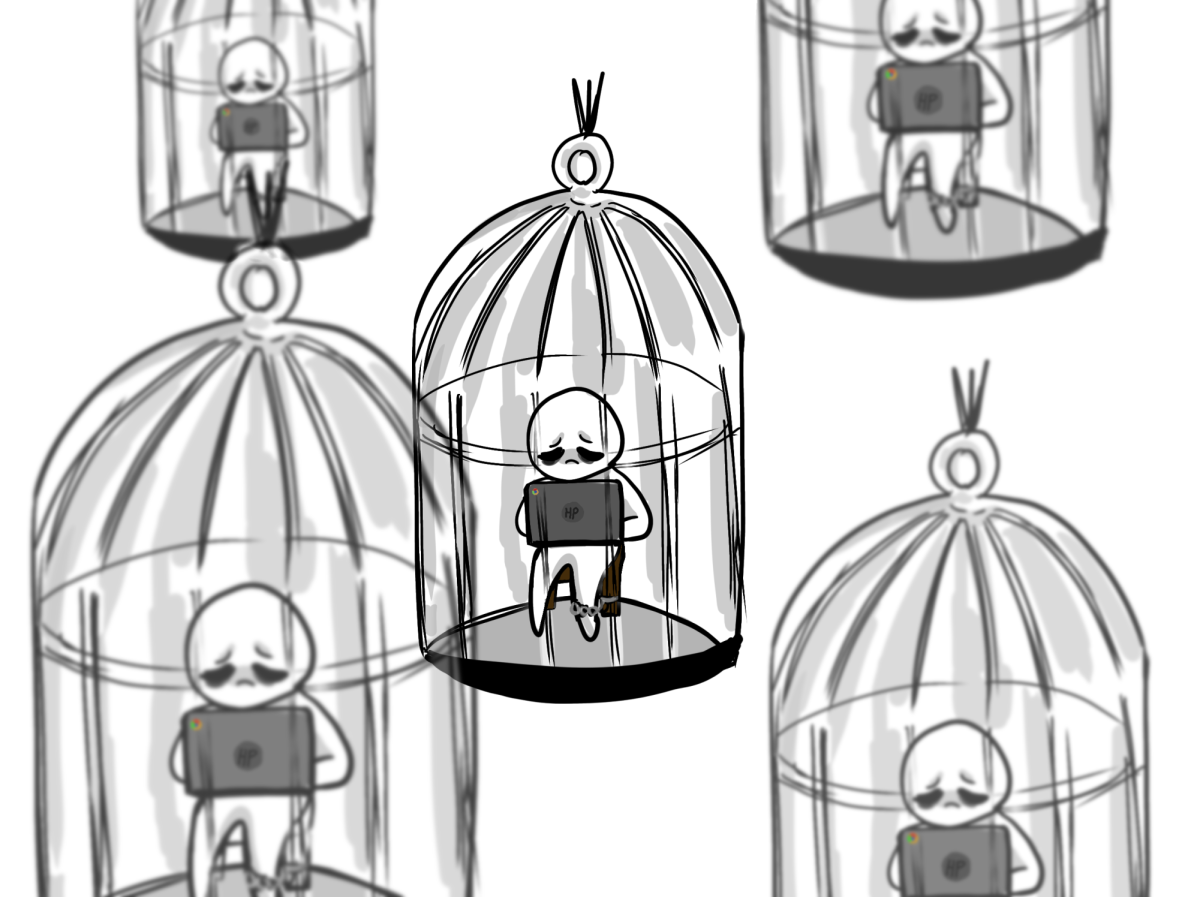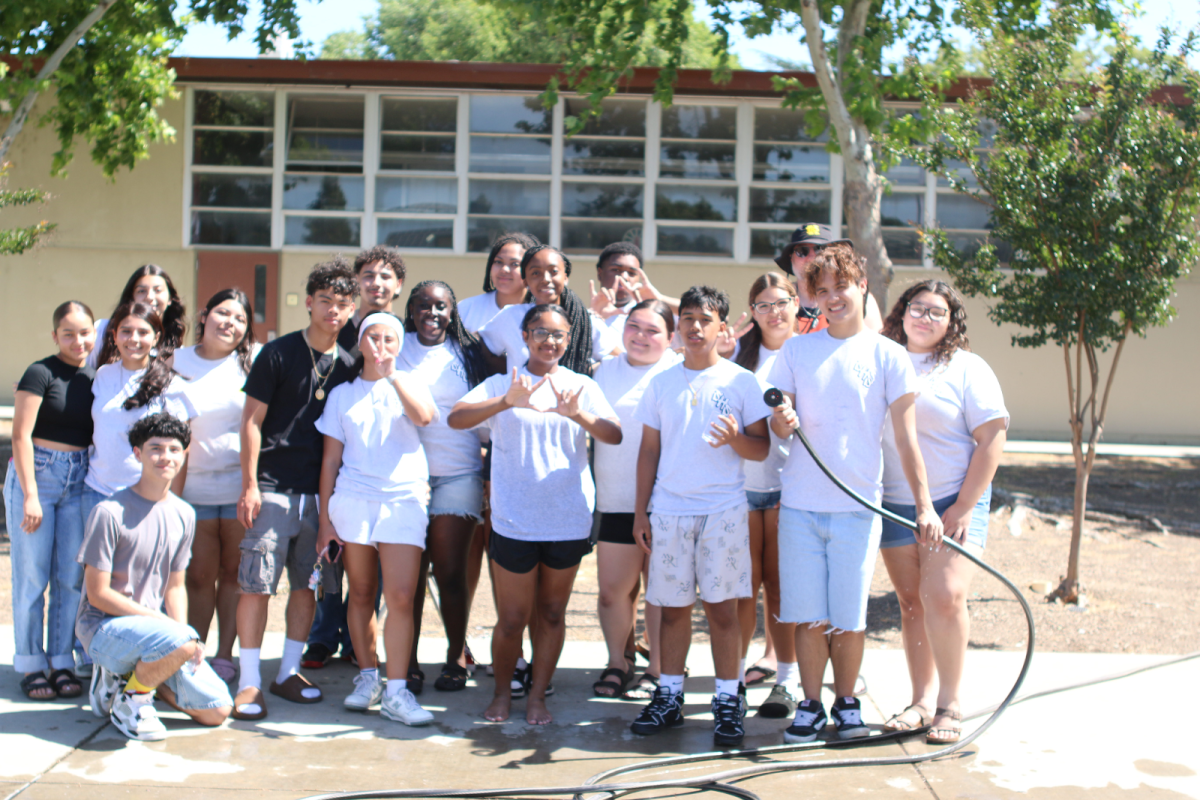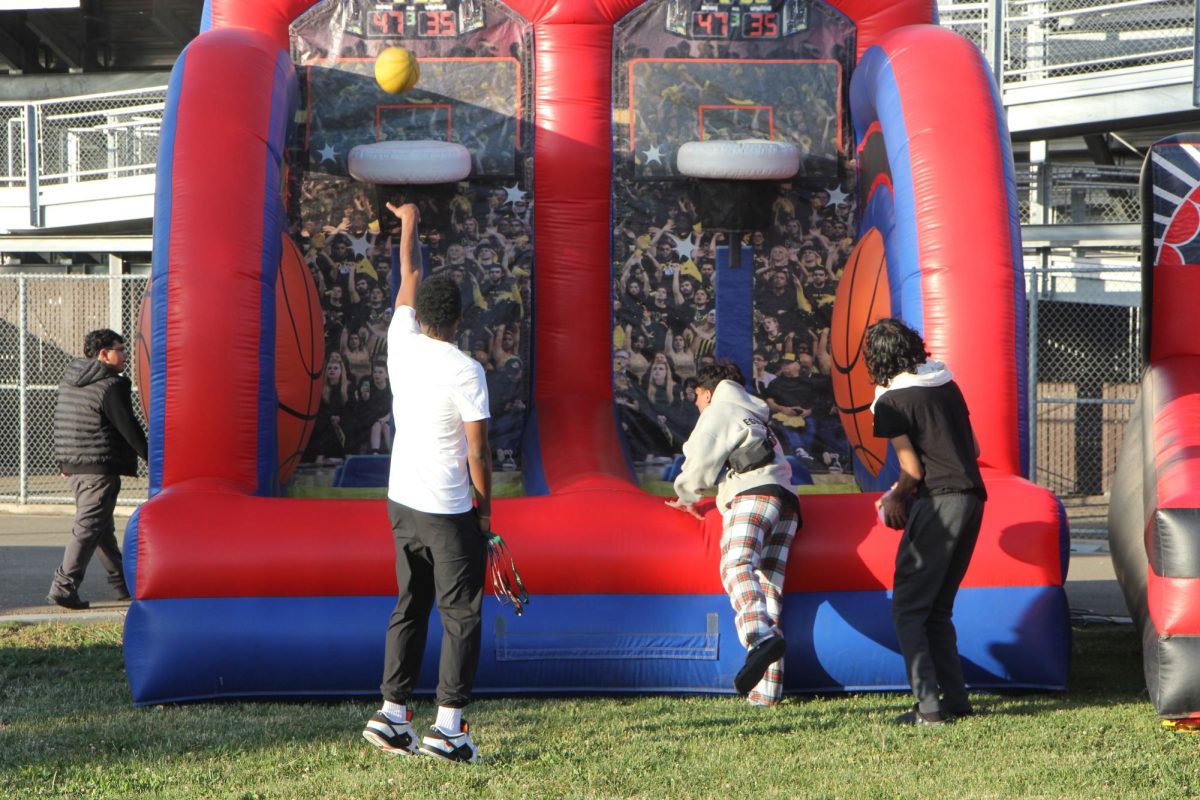EDIT 9/8/23: For spelling, grammar, and content.
Have your school’s policies made it feel more like a prison than an actual school? For some people, this is the reality of a concept that has been labeled the School-To-Prison Pipeline. According to the Disability Rights Education and Defense Fund, “The School-To-Prison Pipeline refers to the policies and practices that push our nation’s schoolchildren, especially our most at-risk children, out of the classrooms and into the juvenile and criminal justice systems.”
Researchers argue that the school-to-prison pipeline is fed when there is too much security and strict policies that appear to affect students of color more than any other. A fundamental way to understand the school-to-prison pipeline is the things schools do to inadvertently unwittingly program a child for life in prison.
An example of how schools feed the School-To-Prison Pipeline would be when administrators or teachers have students walk with their hands behind their backs and have their heads facing down or forwards, commonly seen in prisons. Adding on, a current issue is teachers not acknowledging good behavior and only recognizing the bad. Another example would be harsh disciplinary measures for minor infractions, such as dress code violations, inappropriate language, or using a cell phone in class.
Often, these policies affect students differently based on their ethnicity. According to the American Psychological Association, researchers found that “26% of the Black students received at least one suspension for a minor infraction over the course of the three years, compared with just 2% of white students.”

This inequality can have leave an impact on students treated unfairly by this system. The APA states that punishments and restrictive conditions can “damage students’ perceptions of their school and negatively impact their academic success years later.”
There are things teachers can do to redirect the effect students feel. According to Coach Joy Rialubin Trejo, “Reinforcing positive behavior, rewarding it, recognizing it, and focusing on positively reinforcing the good things we see, rather than focusing on the bad, that’s one way we can stop feeding into the [School-To-Prison Pipeline].”
Another way to prevent the School-To-Prison pipeline is for teachers to change how they discipline their students. “Teachers need to re-evaluate their teaching practices and administrators need to re-evaluate their disciplinary practices. Are we being fair, does the punishment fit the crime?” said Trejo.
The School-To-Prison Pipeline shows up in many ways, however teachers can make a significant difference in stopping it by making a positive and engaging classroom, as well as encouraging good behavior. Raising awareness can help since many don’t know about the School-To-Prison Pipeline, thus starting the changes required to prevent students from sent through this path.
(Editor’s Note: This article was written in on April 28th, 2022, in response to the gates and added security to Stagg’s campus)










